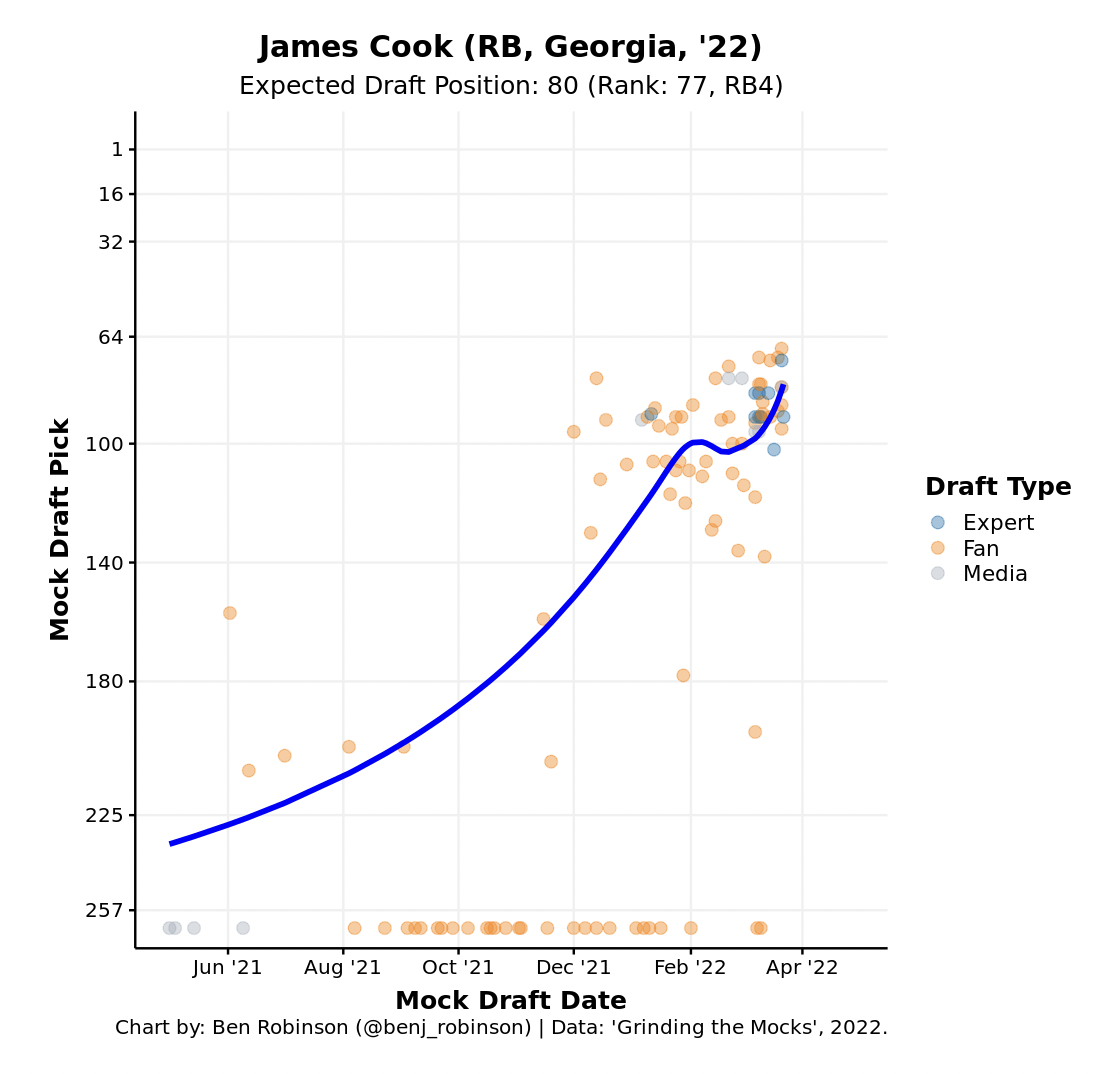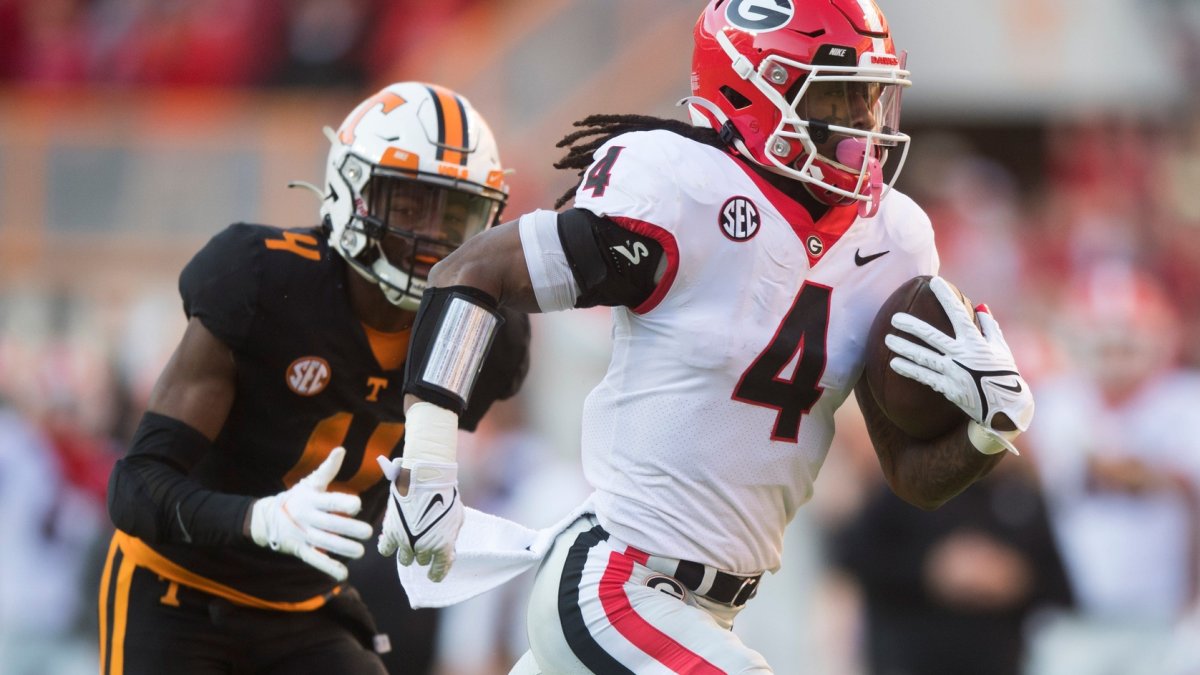Comparing current NFL draft prospects to those of years past is standard procedure in draft evaluation, though most comparisons are built on the memory recall and subjective opinion of the particular evaluator.
In this series of articles, I will compare the 2022 draft prospects to prior years and pick out the most similar comps with a clearly delineated and quantifiable method.
PFF data scientist Eric Eager has done tremendous work building college-to-pro projections, which are built off the robust college data we’ve collected since 2014 and have been applied to exercises like building an “analytics” mock draft.
In this analysis, I will use some of our advanced stats for comparison but primarily rely on traditional stats to go back further and compare the 2022 prospects to draft classes going back to 2006.
Click here for more PFF tools:
Draft Guide & Big Board | Mock Draft Simulator
Dynasty Rankings & Projections | Free Agent Rankings | 2022 QB Annual
Player Grades
METHODOLOGY
The comps below were derived from a two-step process. First, I converted all the most statistically relevant stats and measurables to percentiles based on the thousands of prospects who have entered the NFL since 2006.
The matching features were transformed by principal component analysis (PCA). I found the closest statistically comparable players by the Euclidean distance between the players' principle components, listed in the top 10 below.
For draft position, I’m using an estimate based on the mock data collected at GrindingTheMocks.com. The college statistical metrics for PCA are best-season market share of team total yards, market share of team touchdowns, rushing attempts per game and market share of team receptions.
I also included the most important workout metrics for NFL and draft position for running backs: weight, 40-yard dash time and vertical jump.
I’m taking the best number from either the prospects' NFL Scouting Combine or pro day performances. If the 40-yard dash time or vertical jump are missing, I estimate them based on historical modeling with weight and available other workout metrics.
MOST COMPARABLE PLAYERS
James Cook hit all the marks you like to see at the NFL combine, even weighing in at 199 pounds, giving him a path to more than third-down work. Cook’s draft status has improved since the combine, and he now appears in the second round in a number of expert mock drafts.

The biggest question for Cook is what role he’ll play in the NFL. It’s unlikely he’ll have the draft capital behind him to slot immediately into a workhorse role, but it isn’t unheard of for a sub-200-pound back to eventually work into that.
Exclusive content for premium subscribers

WANT TO KEEP READING?
Dominate Fantasy Football & Betting with AI-Powered Data & Tools Trusted By All 32 Teams
Already have a subscription? Log in




 © 2025 PFF - all rights reserved.
© 2025 PFF - all rights reserved.